
How to use Qt WebAssembly – The Complete Guide with demo
Hey, welcome back to another blog post. Today we’re going to talk about the new Qt WebAssembly. This post will […]
Join us at Qt C++ Warsaw Meetup - 21.08.2025
Sign up for free!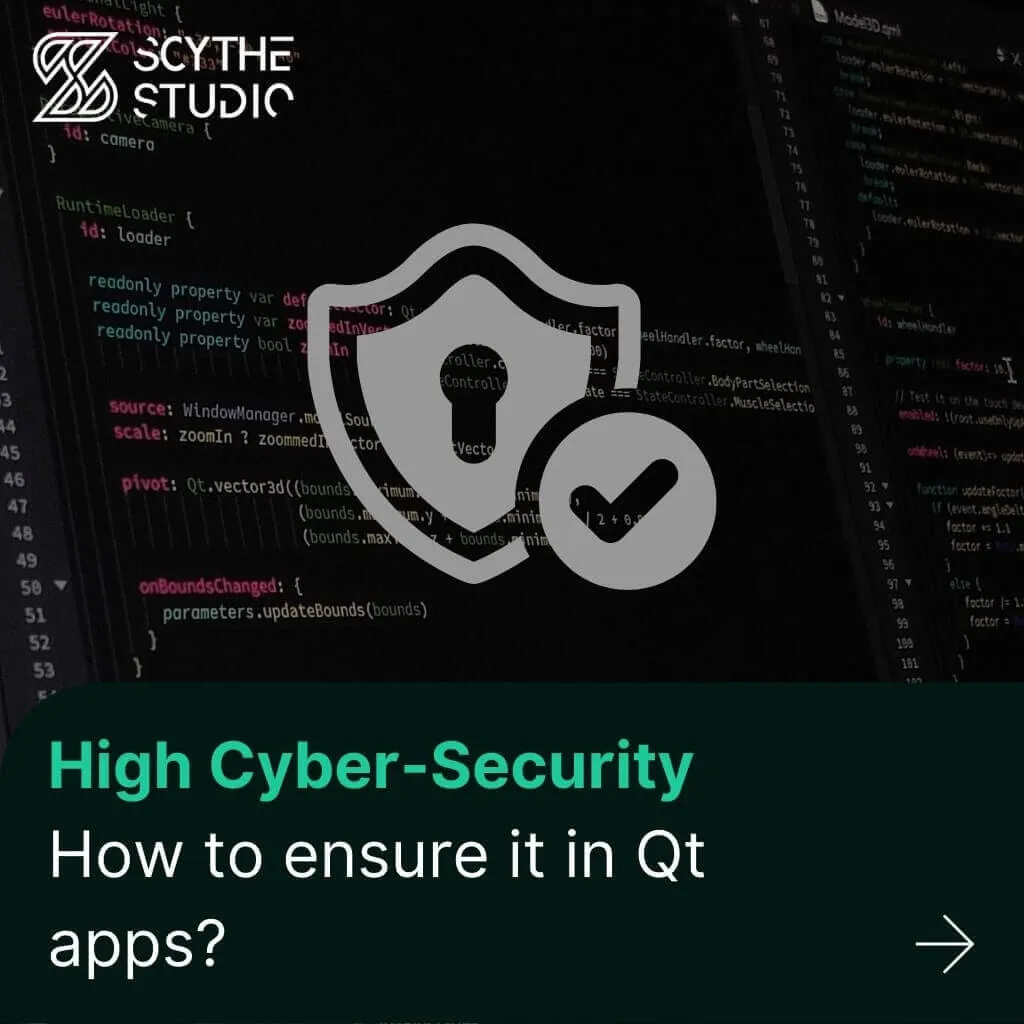
Qt is a powerful tool and framework for building modern cross-platform applications. From embedded devices to desktop software, Qt enables developers to deliver rich, high-performance applications efficiently. But with this power comes responsibility: cybersecurity must be an integral part of every Qt development process.
In this article, we will show how to secure Qt apps by identifying risks, reviewing common vulnerabilities, and outlining best practices to protect sensitive data and connected devices. While these practices apply broadly, we’ll highlight their relevance in automotive HMI development, Industrial Automation Systems, and software development for medical devices—focusing throughout on the specifics of Qt.
| Risk area | Typical impact inside a Qt application | How to prevent / Mitigation (key Qt classes or practices) |
|---|---|---|
| Long lifecycles & evolving threats | Vulnerabilities stay unpatched for years; attackers eventually find and exploit them |
|
| Platform diversity & legacy environments | Mis-configuration on older kernels / RTOS; insecure defaults or obsolete protocols left enabled |
|
| Connectivity attack surface | Remote code execution, data exfiltration, MITM over network or Bluetooth |
|
| Complex data & user interfaces | Privilege escalation through GUI; malicious input leads to crashes or injections |
|
| SOUP / third-party dependencies | Hidden CVEs, license breaches, abandoned libs with no patches; telemetry “phone-home” |
|
| Insecure coding practices | Buffer overruns, use-after-free, data leaks in logs |
|
| Exposed attack surface in production builds | Debug ports, test modules or verbose logs give attackers extra vectors |
|
| Missing static analysis & code reviews | Memory errors or API misuse reach production |
|
| Lack of threat modelling & risk assessment | New features introduce unnoticed high-risk paths |
|
| Weak data protection & encryption | Plain-text credentials, sniffable traffic |
|
| Insufficient access control & authentication | Unauthorized users reach admin functions; malicious firmware updates |
|
Many Qt applications run in environments with long product lifecycles. Once deployed they may run for a decade or more. This long term usage increases exposure to changing cyber threats. Unlike consumer apps, updates in embedded software or enterprise solutions may be infrequent, so any vulnerabilities in your Qt application may remain unpatched for years.
Whether using:
Qt supports many platforms, from embedded Linux and Windows to real-time operating systems. This diversity can be a double edged sword: ensuring security across these platforms requires tailored configuration, platform specific permission settings and awareness of each target system’s vulnerabilities.
Whether using:
Many Qt apps today are connected, interacting with cloud services, local networks, or other wireless devices. This connectivity increases the attack surface.
Whether using:
Unsecured interfaces can be entry points for cyber attacks, data breaches or remote code execution.
Qt applications often manage sensitive data or provide critical control interfaces. Poorly designed UI/UX or inadequate access control can lead to unauthorized actions. For example if admin level functions are accessible through the GUI without proper authentication checks, attackers can exploit this to compromise device security.
Whether using:
Any external library or binary whose development process you don’t control is SOUP. Hidden CVEs, unclear licensing, or abandoned upstreams can all threaten a Qt-based system, so each SOUP item must be inventoried, verified, isolated, and kept under watch.
Whether using:
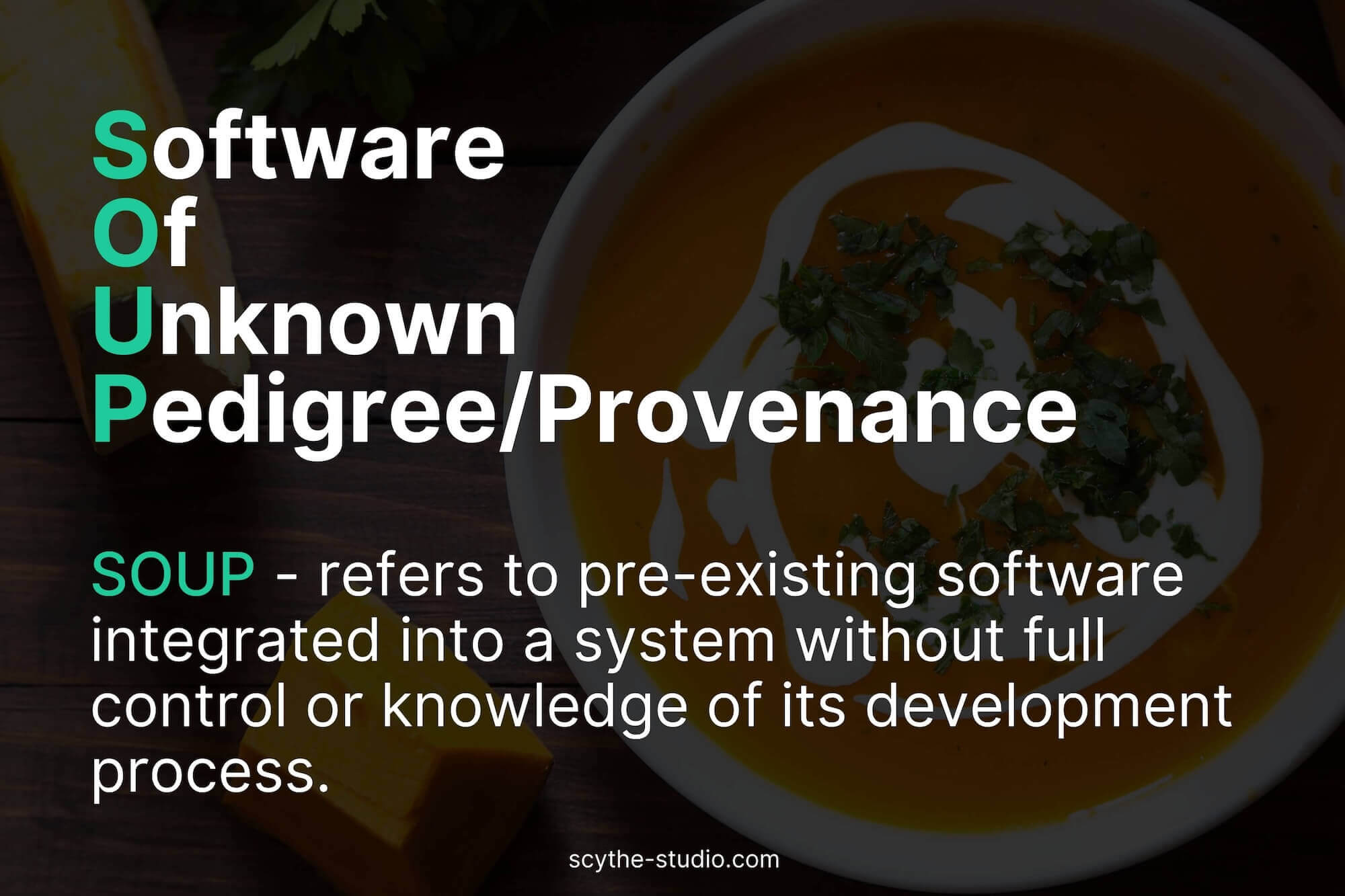
Use secure coding principles when coding in C++ and QML/JavaScript. In C++ use safe types like QString and smart pointers. Validate all input data, especially from external sources like network responses or device input.
Follow established security standards such as OWASP guidelines and MISRA C++ where applicable. Aligning your Qt development practices with recognized industry frameworks helps ensure consistent, auditable security across your application.
Never expose internal system details in logs or error messages.
Reduce the app’s exposure to attackers:
Especially important on embedded systems and connected devices.
Run static analysis tools regularly to detect memory issues or misuse of Qt APIs. Complement automated tools with manual code reviews to ensure secure patterns are followed consistently.
Include security testing throughout the development process.
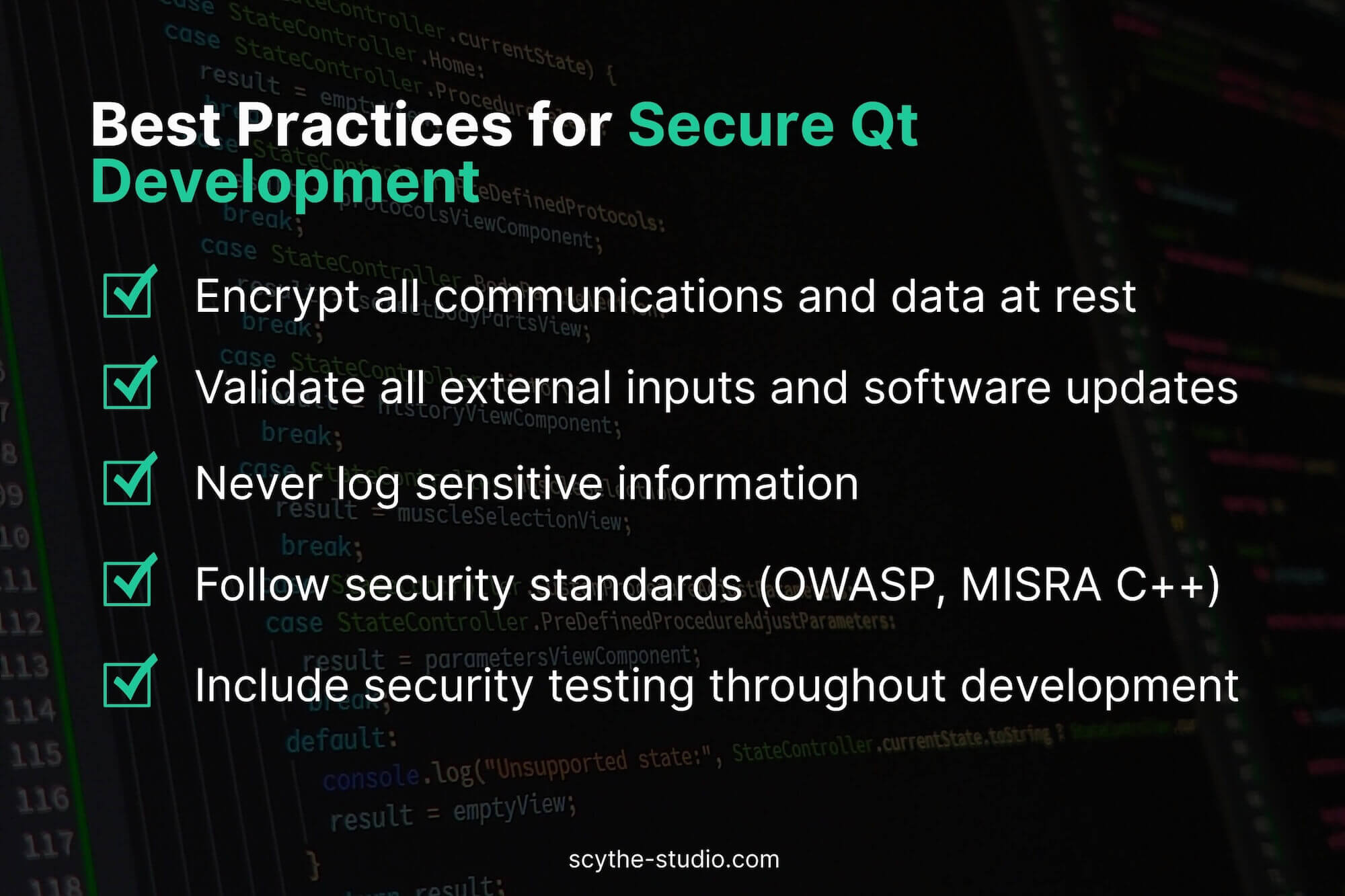
Proactively identify potential threats during the design phase. Consider what assets (data, control interfaces, system access) are attractive to attackers, who might exploit them and through which vectors. Model risks and document mitigations to address cybersecurity risk.
Threat modeling should be part of your regular development cadence. Reassess risk when adding new features or dependencies. Use penetration testing and security audits to validate your assumptions and protect against known malware and reverse engineering.
Qt simplifies development by offering built-in modules for UI, networking, cryptography and more. Prefer Qt-native solutions where possible to reduce dependency sprawl. For other libraries maintain an accurate Software Bill of Materials (SBOM) and track CVEs.
Update dependencies regularly, especially Qt itself. Older versions may contain known security issues. When using open-source plugins monitor their repositories and subscribe to security announcements.
Do not pull in arbitrary libraries without careful evaluation. Each dependency should be justified and understood as part of your security requirements.
Use encryption to protect both data at rest and in transit. Qt supports secure communication via:
Always enforce TLS and verify certificates.
When storing data on the file system:
Use cryptographic hashing for passwords and data integrity. Do not implement your own encryption algorithms—use trusted, proven solutions.
… And if you absolutely feel compelled to roll your own crypto, first ask yourself whether you truly understand the stakes – and which matters more: the pride of “doing it better,” or delivering software that is genuinely secure.
Design the application with role-based access control (RBAC). Qt’s model-view architecture makes it easy to bind UI behavior to user permissions. Ensure access checks exist both at the UI level and in backend logic.
Use strong authentication mechanisms. If applicable, integrate with external identity providers (e.g., Active Directory). Lock accounts after multiple failed attempts. Implement session timeouts and automatic logouts.
Protect update mechanisms and debug interfaces. Updates should be signed and verified before installation. Disable production access to service ports or maintenance functions unless properly authenticated.

Cybersecurity in Qt apps requires expertise across multiple layers—from secure C++ development to proper network configuration. Working with a seasoned Qt security team helps identify threats and risks early and apply best practices consistently.
Experienced teams bring vetted coding standards, update management strategies and familiarity with Qt’s security model. They’re proactive about monitoring advisories, conducting internal audits and maintaining long-term support plans.
They also help establish a culture of security within your organization, educating developers and integrating security into daily workflows with relevant tools, processes and services.
Qt is a powerful and flexible framework, but security requires proactive effort. Developers must:
By treating security as a first-class concern and working with experienced Qt professionals you can build applications that are not only feature-rich and performant but also secure and resilient to modern threats.
Whether your Qt app powers industrial control panels, automotive infotainment or even medical devices—getting cybersecurity right is key. Focus on protection, compliance with industry standards such as PCI DSS and quality deployment to ensure your app is ready for new technologies, internet connectivity and evolving user demands.
From command line tools to artificial intelligence integration modern Qt applications run on many devices and systems. With attention to detail and the right development practices you can secure your software from development to over-the-air install and updates. Stay ahead of vulnerabilities, protect your users and enhance your security posture with Qt.
👉 Learn more about securing Qt-based medical applications in our article: Medical Device Cybersecurity Standards
Let's face it? It is a challenge to get top Qt QML developers on board. Help yourself and start the collaboration with Scythe Studio - real experts in Qt C++ framework.
Discover our capabilities
Hey, welcome back to another blog post. Today we’re going to talk about the new Qt WebAssembly. This post will […]
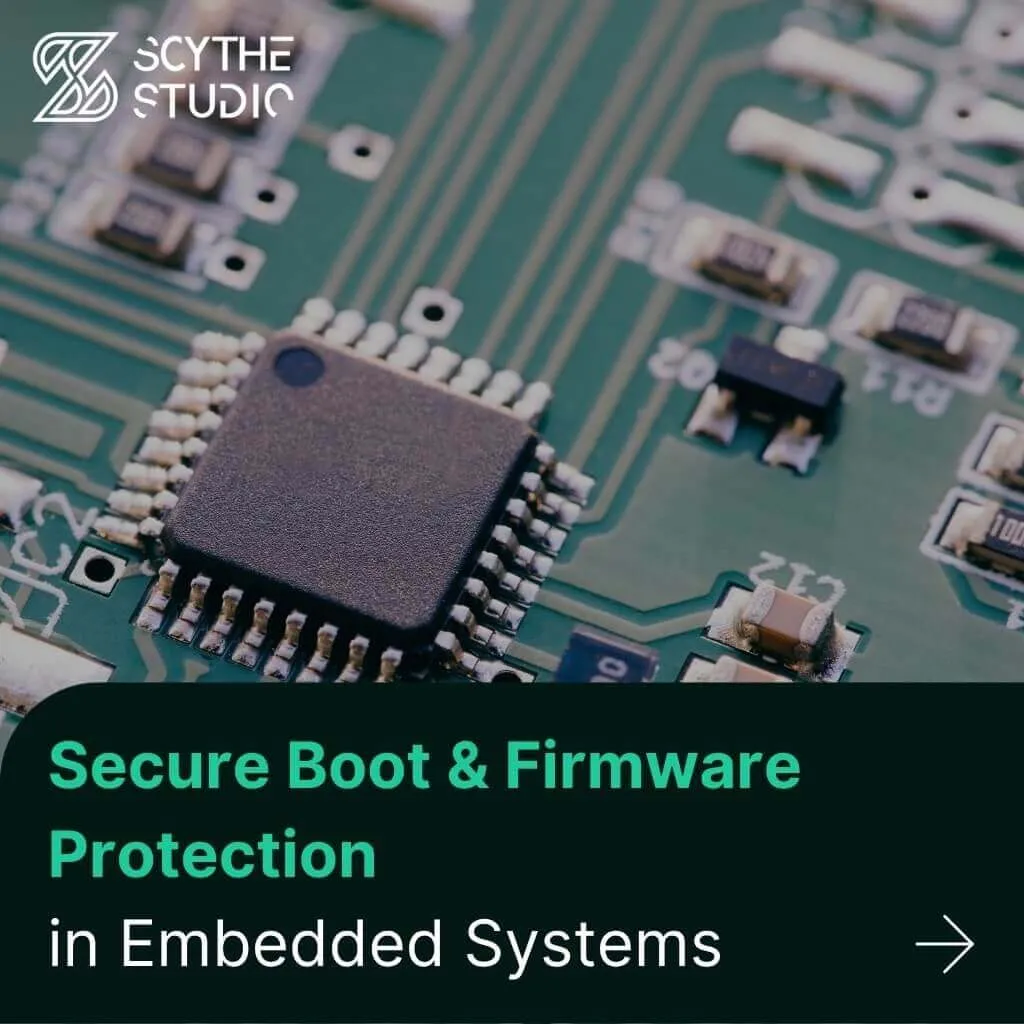
Users of embedded devices – from industrial controllers to consumer electronics – are often unaware of hidden vulnerabilities that threaten […]
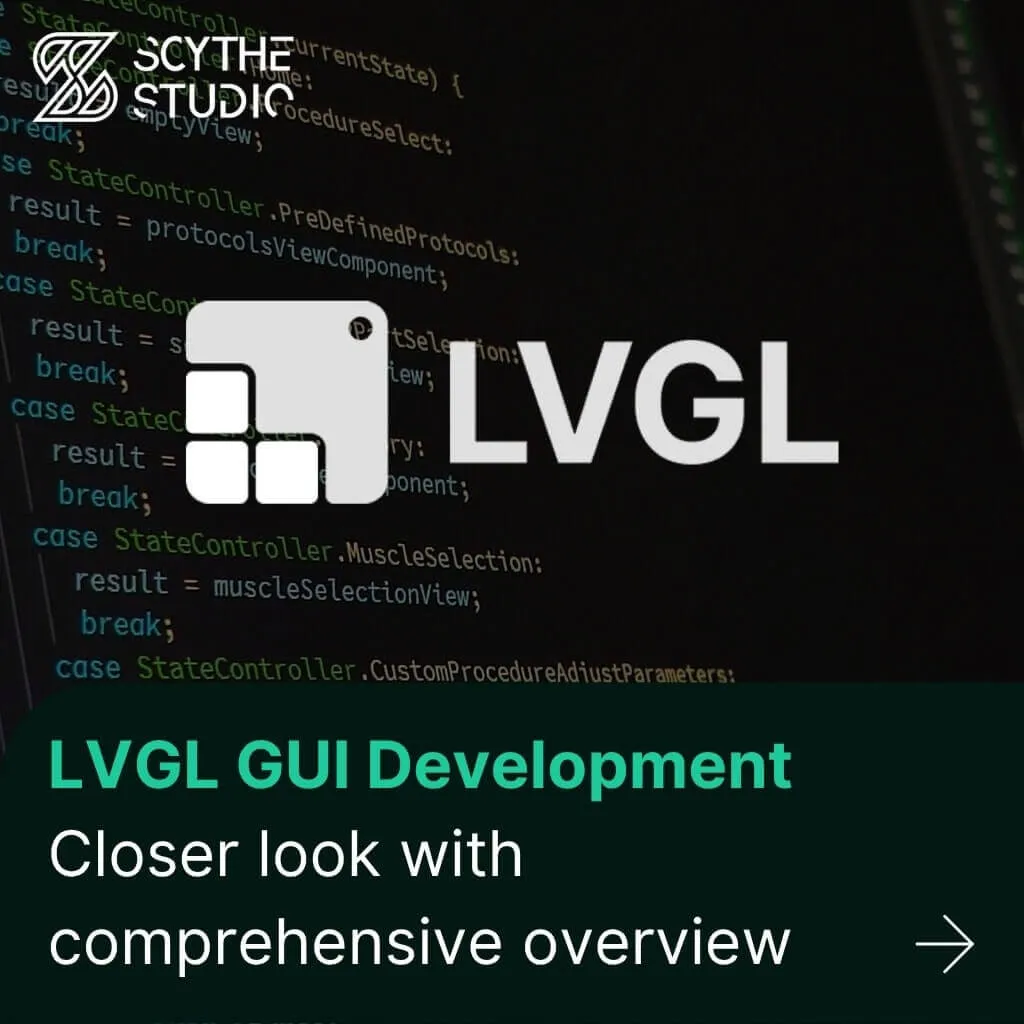
Graphical user interfaces (GUIs) are becoming more and more important in embedded devices – from home appliances to medical equipment […]